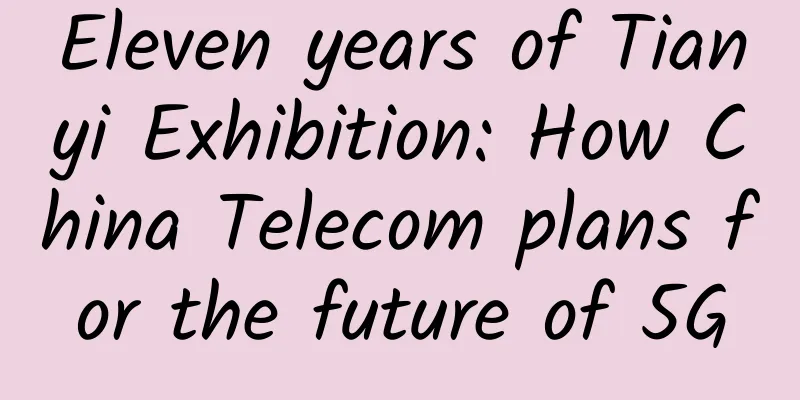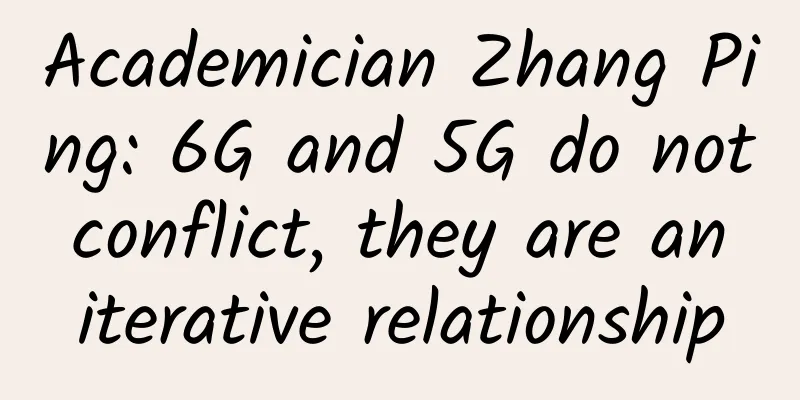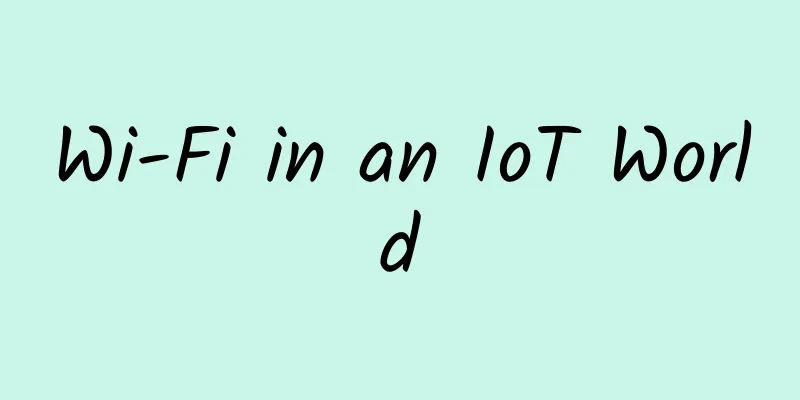If these five gaps cannot be overcome, 5G 2B will be a pipe dream for operators

|
In the 5G race, Asian operators are among the world leaders. In the spring of 2019, South Korea was one of the first countries to launch a nationwide 5G network, and in August of that year, the number of 5G users exceeded 2 million. Chinese operators are also accelerating the deployment of 5G. GSMA predicts that by 2025, 24 Asia-Pacific markets will launch 5G services. Global operators have publicly stated that they will serve the government and enterprise customer market, which will be the source of most 5G revenue. BearingPoint's latest research on Asian government and enterprise ICT customers and telecom executives found that serving government and enterprise customers provides operators with huge opportunities. But the study also warns telecom operators: Given that the cost of 5G network expansion is about four times the cost per square kilometer compared to 4G, operators must adjust their business models if they want to successfully seize market opportunities in government and enterprise customer services. The study believes that when telecom operators serve the government and enterprise customer market, there are five major gaps that need to be filled! Gap 1: The gap between current priorities and the needs of government and enterprise customers 84% of telecom operator executives expect the government customer market in Asia (both large and small) to become the main source of revenue for their organizations within two years, while only 16% believe it will be the mass consumer market. However, only 39% of telecom operators in the study identified the enterprise and government customer segment as their main focus for attracting internal investment. It seems that telecom operators’ continued focus on the consumer market prevents them from properly investing in enterprise and government customer opportunities. The study also found that there is a big gap between the needs of government and enterprise customers and the supply of telecom operators. For example: Artificial intelligence (AI) is a priority investment for 20% of enterprise and government customers today, growing to 26% by 2021 - yet only 3% of telecom operators see it as a priority. The same is true for cloud computing: 34% of enterprise and government customers see it as a priority investment area, compared to just 23% of telecom operators. If telecom operators hope to monetize 5G through government and enterprise customer services, it is crucial that they invest in the government and enterprise customer market and bring customers what they want to buy and how to buy it. Gap 2: Obvious “knowledge gap”: operators don’t understand industry customers The study also found that there is a huge "knowledge gap" among Asian telecom operators in the changing needs of government and enterprise customers. Telecom operators have shortcomings when selling products to government and enterprise customers: 20% of them believe that they lack sufficient understanding of the different industries they focus on. 20% believe that their organizations are still too focused on selling pipeline business. In an increasingly digital world, enterprise and government customers look to technology partners and solutions that can transform their business, increase efficiency and accelerate innovation. It is certain that telecom operators know something they don't know. Operators must now work harder with partners to fill the gap in understanding the solutions customers want to purchase. Chasm 3: Outdated IT systems hinder innovation and time to market Nearly half (49%) of Asia’s telecom operator executives recognise that even if they work with partners to create the right new enterprise and government customer products, their organisation’s existing IT systems do not provide them with the flexibility and agility they need to launch and sell their products quickly. Slow time to market and complex internal management processes have serious consequences for telecom operators, especially when we compare the agility of telecom operators with that of digital disruptors such as Amazon and Google, we see the clumsiness of telecom operators and their inability to cope with the agile services of the enterprise market. The study found that telecom operators in Asia tend to copy competitors’ products, with 67% of government and enterprise customers not using innovation labs to design new products, for example. Similarly, only 17% work with partners or incorporate customer feedback as part of the development process. This is not surprising given that telecom operators in Asia are culturally more willing to keep development in-house, rather than bringing in external resources for external ideas like their international counterparts. Before telecom operators seek to solve the IT challenges of their enterprise and government customers, they must first solve their own problems. This starts with emulating OTT vendors and adopting digital business platforms and a more experimental mindset, such as by organizing lean teams, innovating faster with short iteration cycles and frequent customer interactions. Chasm 4: Failure to create and grow a partner ecosystem Most Asian telecom operators (93%) recognize that third-party cooperation is very important. 40% of telecom operators are "fully engaged" in developing their ecosystems, which is higher than the global average (33%). Another 27% of telecom operators are planning their ecosystems, while 20% are in the early stages of analysis or are considering whether to build an ecosystem. From a customer perspective, 97% of Asian government and enterprise customers want telecom operators to work with technology partners to provide the required features and services. Today, only 26% of government and enterprise customers view telecom operators as key players in the supplier ecosystem. Chasm 5: Choosing the wrong partners Telecom operators in Asia must re-evaluate their partnerships if they want to meet the expectations of their enterprise and government customers. Telecom operators focus on a few large technology providers, such as Cisco and HP. However, these are not necessarily the only organizations that enterprise and government customers want to work with: only 31% of organizations consider large technology providers as a priority. In contrast, government and enterprise customers regard services from Internet companies such as Google and AWS as the main source of products and services. However, only 30% of telecom operators currently cooperate with these companies. Telecom operators seem reluctant to work with Google and AWS, preferring to work with partners they are more accustomed to working with on networks such as Cisco. Many telecom operators may view them as competitors, but the research suggests that this stance will hurt telecom operators because they are moving away from partners that enterprise and government customers actually want to buy solutions from. Two-thirds of 5G use cases are expected to be business or industry-specific. As 5G continues to gain momentum in Asia, telecom operators in the region must have a strong business presence with government and enterprise customers to seize the opportunity. Telecom operators are currently investing heavily in government and enterprise customer products that their customers want to buy. Government and enterprise customers won’t wait. If telecom operators do not reallocate resources and make the necessary changes (even at the expense of their consumer business), they will lose government and enterprise customers to more agile digital service providers, such as Internet companies. 5G requires a fundamentally different business model from 4G. Telecom operators in Asia must show the vision and courage to abandon traditional, restrictive product development processes. They need to adopt fully lubricated digital business platforms and foster more agile operations where multi-partner trials, innovation and speed to market are prioritized. Telecom operators must also significantly improve their understanding of the needs of their enterprise and government customers and the industries they operate in. Telecom operators must aim to become the “destination” for their customers to meet all their different technology needs. Finally, ecosystem partners are critical if telecom operators want to fill gaps in their knowledge, technology and solutions. Second, properly address the broad range of technologies and solutions that government and enterprise customers want to transform their operations and businesses. By doing so, telecom operators can encourage fresh ideas and new ways of thinking that can bring continued success and returns. |
<<: Network literacy: Understanding DNS in one article
>>: Yunnan Telecom will gradually shut down its 3G network starting June 1
Recommend
The countdown to global 5G commercialization begins: an overview of the industrial landscape of various countries
In 2017, the global 5G mobile communications era ...
How to quickly troubleshoot data center networks
When the network scale of a data center becomes l...
FCC win clears way for massive Wi-Fi 6E upgrade
A ruling [PDF] made public on Tuesday by the U.S....
DiyVM: Hong Kong dedicated server from 499 yuan/month, Japan/US/Hong Kong VPS from 50 yuan/month
DiyVM is a Chinese hosting company founded in 200...
RAKsmart's year-end discount upgrade, G-port unlimited servers reduced to $99 per month, San Jose servers sold at $30 per month
A few days ago, RAKsmart released a notice of yea...
Big data changes both ends of the web hosting market
Big data has transformed both ends of the web hos...
Huawei releases smart security distribution business strategy and four new AI products
[Shenzhen, China, March 20, 2020] Today, Huawei&#...
The first batch of 5G mobile phones are about to be launched! What is the use of 5G? Should I change the card or the phone? Finally someone has made it clear...
Hello, everyone. I am Xue Zhiqian of the technolo...
Alibaba Cloud Server Special Offer, Personal Cloud Server as low as 0.95% off, annual payment starting from 96 yuan
Various promotional activities are being carried ...
[11.11] Standard interconnection: 300 yuan/month-8 cores/16GB memory/30+500G hard disk/30M bandwidth/32IP/US data center
Pesyun (Standard Interconnect) released a special...
How can 5G fixed wireless access replace fiber optic access to the last mile?
[[180048]] Verizon, a US operator, announced that...
DogYun New Year Promotion: 30% off on Elastic Cloud/20% off on Classic Cloud, starting from 16 yuan/month, top up 100 yuan and get 10 yuan free
The Lunar New Year is here, and DogYun has launch...
Story: Tang Sanzang's journey to the west: the whole process of network communication
In the first year of Zhenguan, Xuanzang formed a ...
Huawei launches intelligent network to unleash the power of ultra-broadband with intelligence
[51CTO.com original article] Hangzhou, China, Oct...
If you want AI, come to Chongqing Smart Expo! Huawei brings two "magic weapons" to in-depth exchanges on the intelligent industry
[51CTO.com original article] On August 23, the th...









